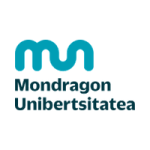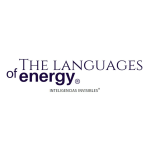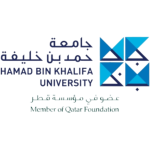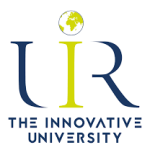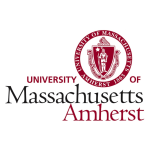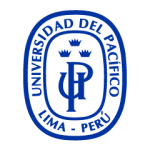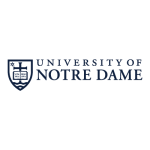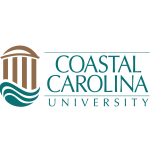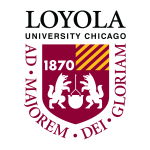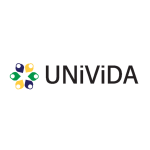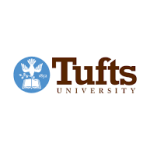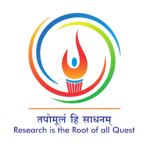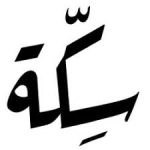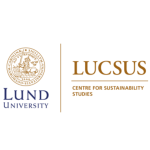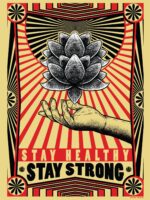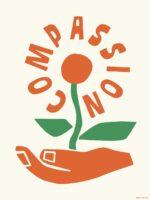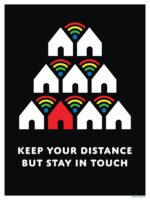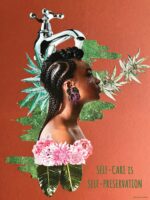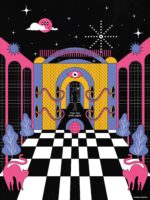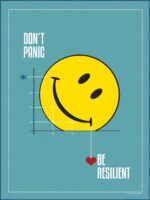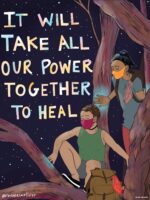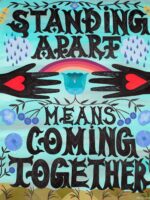Celebrating ShōkakkōCelebrating Shōkakkō
The Art of Life’s Little Joys
TheMerode’s latest exhibition invites happiness in all its forms to the Wellbeing Summit Brussels
Can the answer to one of life’s greatest questions – what is happiness? – be found in the smallest minutiae of daily life? Shōkakkō, the latest art exhibition at TheMerode club in Brussels, invites us to explore this idea by celebrating the serendipity that comes from cherishing the small and simple. We are thrilled that Shōkakkō will be at the heart of the first Regional Wellbeing Summit in Europe, which TheMerode will host from 16th-17th November, where themes of joy, mindfulness, and wellbeing will converge. Following the success of our Global Summit in 2022, the Wellbeing Summit Brussels will continue building the wellbeing for social change movement by embracing a central theme – “moving from ego to eco” – and embarking on a transformative, multidimensional journey to connect our individual wellbeing with that of our communities and the planet, envisioning a holistic approach to social transformation.
Coined by best-selling author Haruki Murakami, shōkakkō is a Japanese term that captures the essence of small joys — the tiny moments of delight that, while perhaps found in the mundane and ordinary, are foundational steps in our path to happiness. In small sensory experiences and fleeting seconds of feeling, you notice tiny sources of happiness all around you. You might enjoy noticing them by yourself; you light share a smile or a laugh with others as you do so. These are shōkakkō: your humble, quiet, and little pieces of joy.
小確幸 (shōkakkō) • noun • small but certain happiness

The Shōkakkō exhibition is one that, in representing a community’s views on happiness, puts collective thinking at the heart of contemplations on happiness. The exhibition speaks to the fundamentals of human relationships, offering a step back from individuality in order to focus on the collective and the joys that come from feelings of belonging. With the Wellbeing Summit Brussels’ theme in mind – moving “from ego to eco” – the exhibition seems to suggest that happiness and, to a larger extent, wellbeing, can be found in the sharing of experiences and contemplating life’s joys with others.

For the exhibition Shōkakkō, TheMerode asked its members their definition of happiness and, embracing the emotional, experiential diversity of their responses, curated a colourful selection of works from 54 artists that embody members’ little joys. Visitors are able to wander around TheMerode and enjoy works from international artists offering views of happiness through a kaleidoscopic lens. As TheMerode’s curator Emmanuelle Indekeu said, “This exhibition doesn’t aspire to redefine happiness, but rather to collectively explore the myriad manifestations of happiness in our lives.”
Consider this art: to capture the epiphanies that heighten our sensitivity to the sheer act of being alive.”
– Patrick Chamoiseau

As we pursue wellbeing in our work to drive social change, remembering to notice and cherish our own shōkakkō is a beautiful and helpful practice. By slowing down, being mindful, and keeping an eye on the little things in life, we can invite a certain quietude, peace, and happiness into our hearts. We can remind ourselves of the small but mighty power of presence while, in our work as changemakers, we often find ourselves confronting some of life’s biggest challenges.
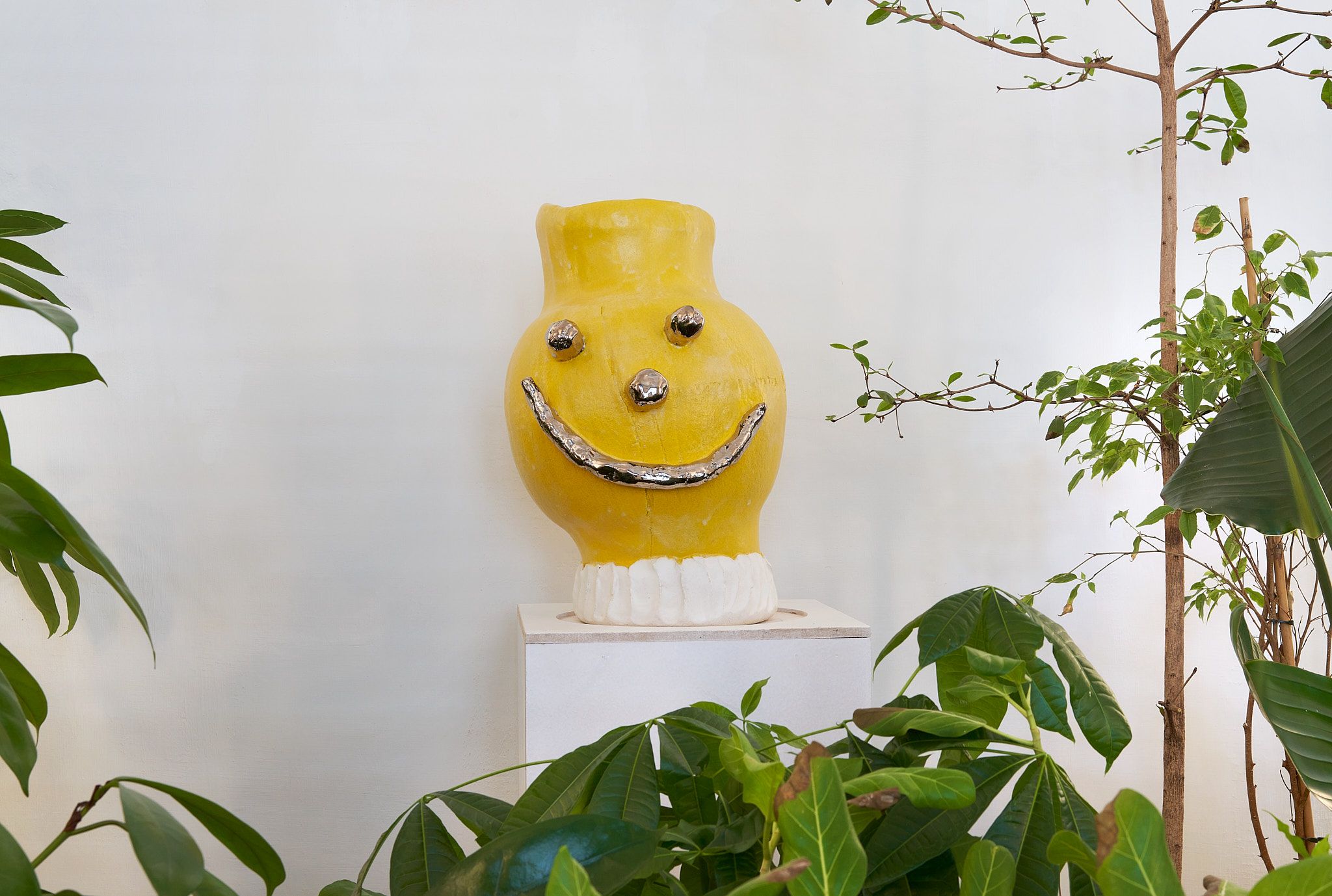
While European readers can enjoy Shōkakkō in-person at TheMerode during the Wellbeing Summit Brussels, the beauty of shōkakkō is its universal presence in all of our lives. To help inspire your own celebration of shōkakkō, we asked members of our community to reflect on the happiness in their own lives. Here’s what they said:
Happiness is…
“Made up of small, simple things that can affect each of us with our own sensitivity. One of the greatest joys for me is my freedom of thought and movement.”
“Looking at the sky first thing in the morning and mentally saying good morning to the world (and sometimes also saying it out loud).”
“A piece of chocolate in the afternoon”.
“Silence and chirps of birds in my 9th-floor home with busy Mexico City hustling below.”
“A good meal and a good drink shared with good friends.”

“My kids’ laughter.”
“I don’t know what happiness is, but I know what makes me happy and that’s more than enough.”
“Happiness is stronger when shared. Let’s embrace the happiness that comes from others, nurture sharing with our loved ones, celebrate the small wonders of life, and seek the spark of happiness in every moment.”
“My job: to convey the emotion of my thoughts to the customer through a dish.”
“The smell of my kitchen when I’m baking.”
“Tasting something I ate as a child and loved. The memories come flooding back.”

“When you release the expectations of others you then create your own happiness.”
“Passing by the garden at the entrance to my office office and being in awe by with the flowers and smells.”
“Watering my plants and seeing the sun filter into my apartment.”
“Watching my dog get excited about something.”
“My family. I had the incredible opportunity to grow up in a large family, and they’re my joy. All of them, in so many different ways, with so many different characters, in arguments, in laughter and in moments of sorrow.”
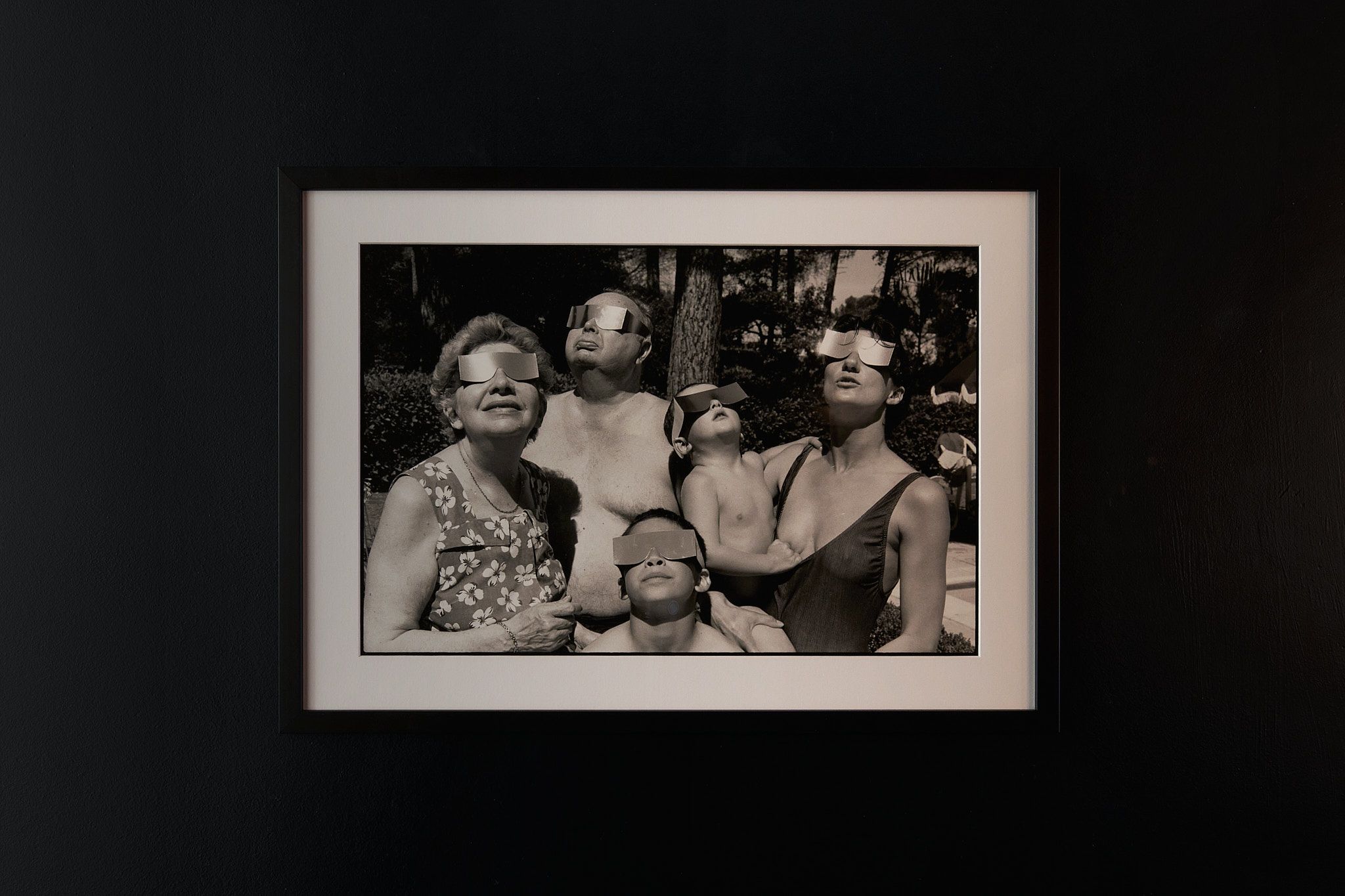
“Learning, sharing, helping each other and meeting new people.”
“Giving a hug to my kids in the morning or any time of the day.”
“Calm evenings of reading while my partner practices piano.”
“Tranquil night walks in the neighborhood park after dinner.”
“Opening the blinds every morning to let daylight into my home. It feels as if the world is welcoming me into life for one more day.”
“Closing the blinds and putting on my favorite show before bed. I made it through another day and I’m in my safe place. It’s time to rest.”

Enjoy the rest of TheMerode’s exhibition Shōkakkō at the Wellbeing Summit Brussels (16-17th November 2023).














